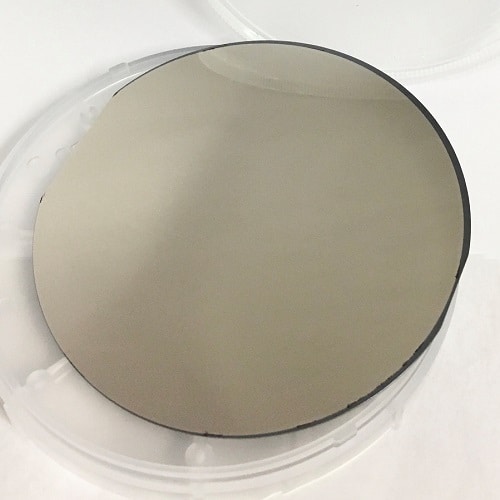Palladium Vs Platinum Plating in Biomedical Coatings
In the rapidly evolving landscape of biomedical technology, selecting appropriate materials for medical implants and devices is crucial. Among various options, platinum and palladium have emerged as prominent contenders in biomedical coatings. This article delves into a comparative analysis of palladium and platinum plating, examining their properties, applications, and implications in the biomedical industry.
Platinum and Palladium in Biomedical Applications
1. Role in the Biomedical Industry
Both platinum and palladium are integral in various medical devices, such as joint replacements and pacemakers. Their functional qualities, including corrosion resistance and biocompatibility, make them indispensable in the biomedical field.
2. Physical and Chemical Properties
Platinum
A dense, malleable, and ductile metal, platinum is 75% denser than palladium. Its resistance to corrosion, oxidization, heat, and hypoallergenic nature make it highly biocompatible – a requisite for biomedical applications.

Palladium
While similar in appearance to platinum, palladium is less dense and more ductile. Its lower melting point and cost and comparable corrosion resistance and biocompatibility render it a viable alternative to platinum, especially in cost-sensitive applications.
3. Shared Traits and Key Differences
Both metals exhibit desirable traits like non-porosity, mechanical durability, conductivity, and radiopacity. However, density, melting point, and price differences mark their distinct applications. Platinum’s higher density and melting point suit it for high-heat environments, whereas palladium’s lower cost makes it a cost-effective substitute.
Biomedical Benefits and Applications
Platinum’s biocompatibility renders it suitable for a range of applications, including medical machinery electrodes, dental implants, and orthopedic implants. Its plating protects devices from corrosion and adds radiopacity for medical imaging.
Palladium is used in dentistry and temporary implants. Its similar resistance to corrosion and strength to platinum, combined with its lower cost, make it an attractive option, though its use in orthopedic implants is less common.
Market Preference and Future Outlook
Despite palladium’s comparable functionality and affordability, the biomedical industry currently prefers platinum, primarily due to its established presence. The future, however, may see palladium gaining equal prominence as research continues to uncover its potential in various medical applications.
Looking for Biomedical Coating Solutions?
In biomedical coatings, the decision between palladium and platinum plating hinges on nuanced differences in physical properties, cost, and application suitability. As we’ve explored, both metals offer unique advantages in biomedical device manufacturing, with platinum holding a long-established reputation for its durability and biocompatibility and palladium emerging as a cost-effective alternative with similar properties. Platypus Technologies excels in innovative approaches to cutting-edge metal coating solutions for biomedical applications. Specializing in a spectrum of metal coating solutions, including platinum, we cater to the intricate needs of biomedical coatings. Explore our comprehensive range of metal coating solutions and discover how our expertise can enhance your biomedical applications.